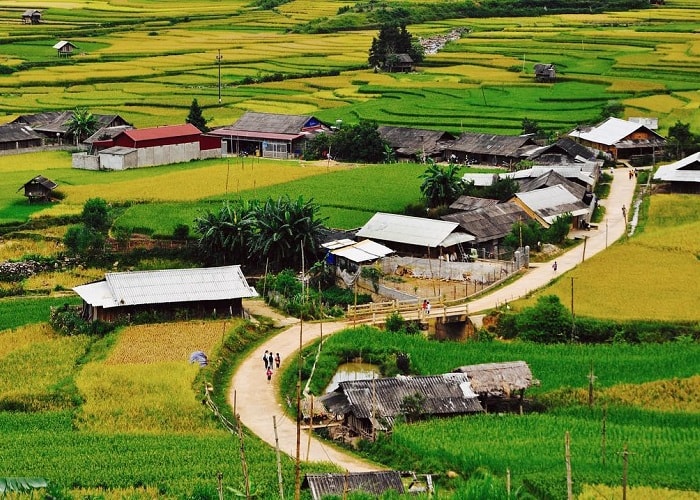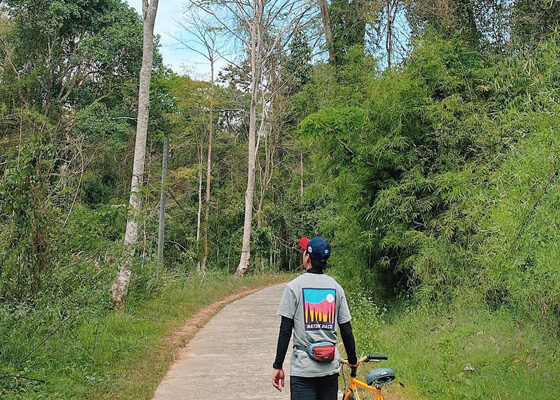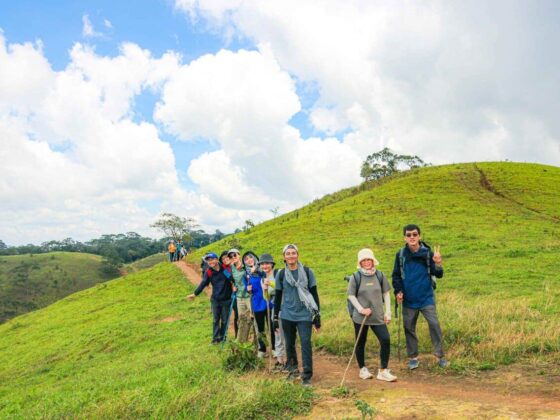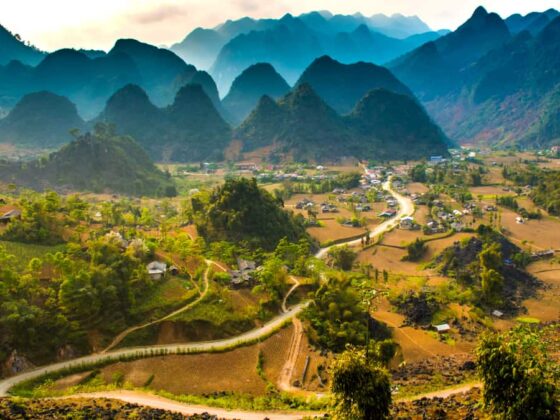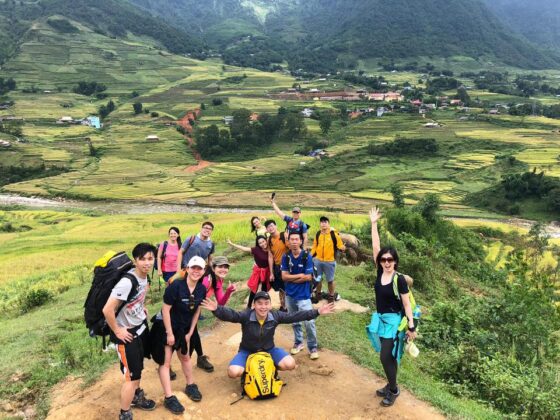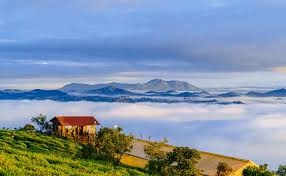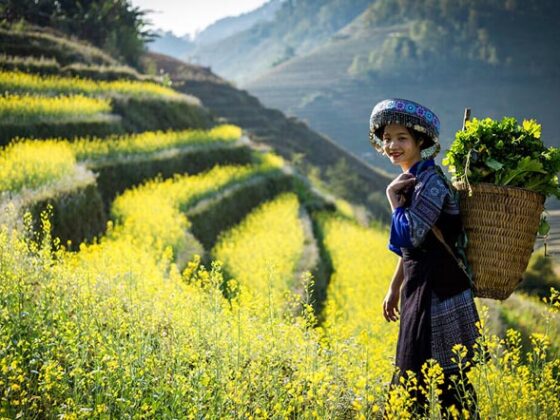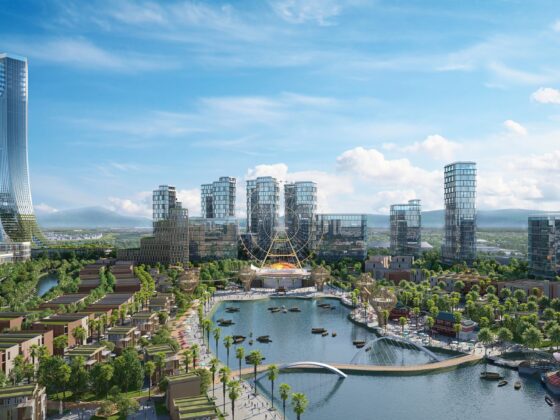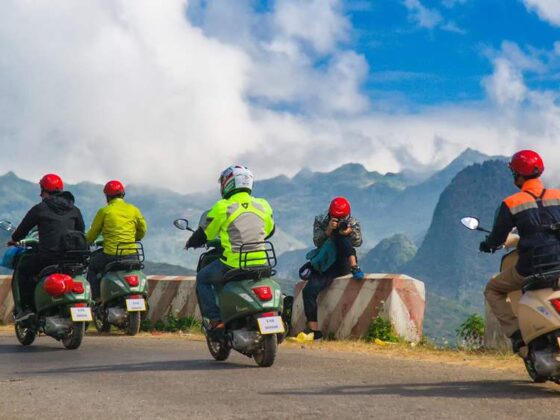Table of Contents Show
✍️ AI is summarizing:
Nestled in the breathtaking highlands of northern Vietnam’s Yen Bai province, Mu Cang Chai is quickly becoming a beloved destination for Mu Cang Chai ecotourism enthusiasts.
Covering nearly 1,200 square kilometers, this mountainous district is home to around 65,000 residents from various ethnic groups, each contributing to the rich cultural tapestry of the area. Renowned for its stunning terraced rice fields, Mu Cang Chai has earned the affectionate nickname “terraced rice field paradise.
Read more interesting posts here:
- Strong, Soft, and Solo: A Guide to Empowering Trips for Women in Vietnam
- Beyond the Crowds: A Guide to Off the Beaten Path Vietnam
- Wander, Wonder, and Find: Embracing the Joy of Getting Lost on the Trail
What makes Mu Cang Chai ecotourism so unique?
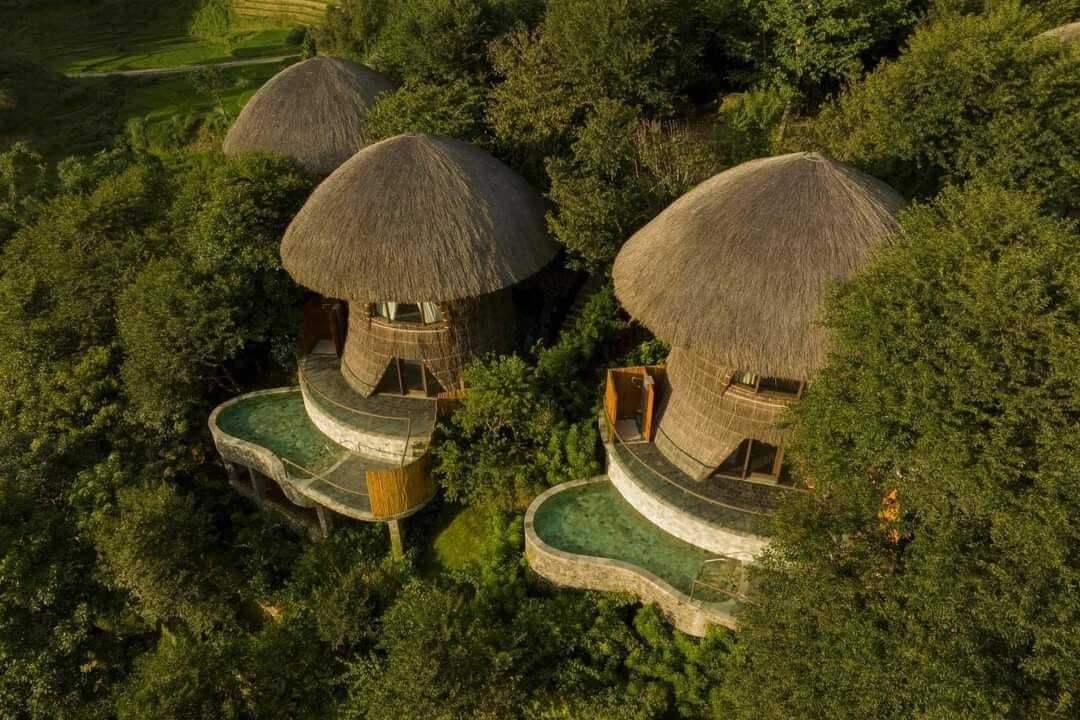
This enchanting destination is not just a feast for the eyes; it’s a thriving hub for sustainable tourism that respects and enhances the natural environment. The district is located at the foot of the Hoang Lien Son mountain range, at an altitude of about 1,000 meters above sea level, providing visitors with breathtaking views and a cool climate that invites exploration year-round.
Recognizing the immense potential of its natural wealth, local authorities have crafted a holistic strategy aimed at both protecting the area’s biodiversity and promoting a model of Mu Cang Chai ecotourism that benefits everyone.
The seasonal beauty of Mu Cang Chai ecotourism
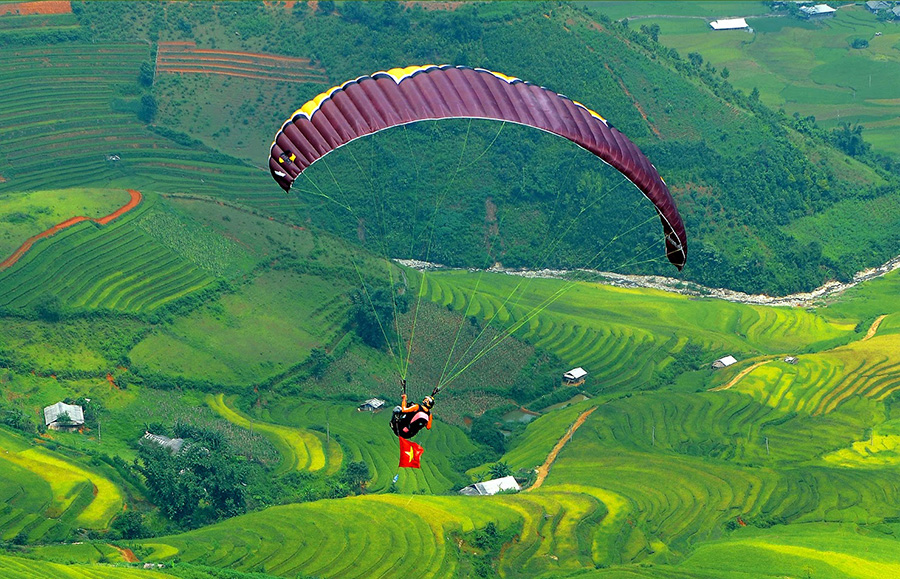
Mu Cang Chai is particularly captivating throughout the seasons, with each time of year showcasing its distinctive beauty. The watering season, occurring between May and June, is especially magical when the rice fields are flooded, creating a mirror-like effect that captures the sky and surrounding landscapes. Travellers can enjoy endless photo opportunities against this stunning backdrop, which is a cornerstone of the Mu Cang Chai ecotourism experience.
The role of community in Mu Cang Chai ecotourism
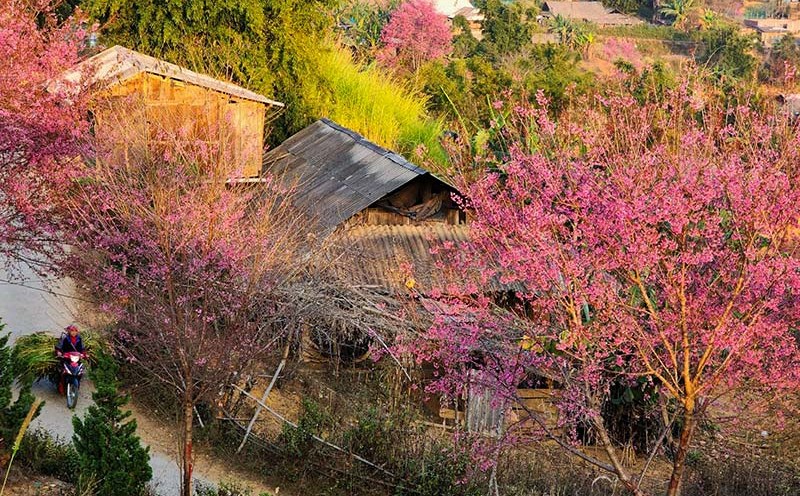
For the ethnic Mong community living in the region, the forest is more than just a backdrop; it is a vital lifeline. Community leaders, like Giang A Long from Che Tao village, emphasize the importance of forest protection, underscoring how local residents have come together to support forest patrol teams. By raising awareness and actively participating in conservation efforts, they have significantly reduced deforestation. This community-led conservation is the foundation of authentic Mu Cang Chai ecotourism.
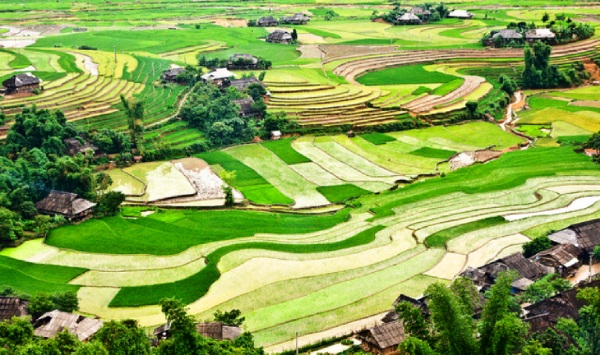
In Che Tao commune alone, which encompasses over 23,000 hectares of land, more than 20,000 hectares are covered by forest. Approximately 18,000 hectares fall within the Mu Cang Chai species and habitat conservation area, home to an array of flora and fauna, including rare tree species such as the ancient Po Mu and Thiet Sam. Local families are entrusted with the responsibility of protecting these trees, which have become symbols of environmental value and sources of income.
The future of adventure and wellness in Mu Cang Chai ecotourism
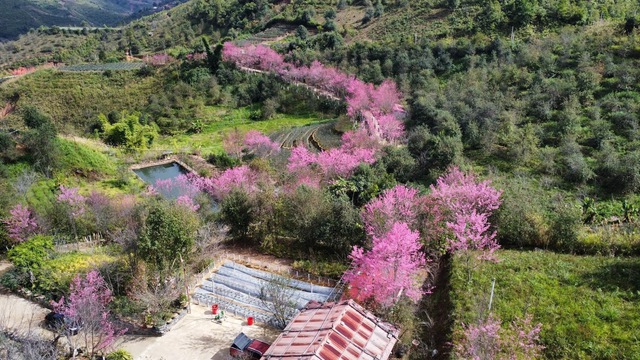
As Mu Cang Chai ecotourism gains traction, it is positioning itself as a premier destination for adventure and wellness tourism. The region’s breathtaking scenery, combined with the rich cultural identity of the ethnic Mong people, creates a unique and authentic travel experience.
Visitors can explore the untouched beauty of the forests while engaging in local customs and traditions, making their trip not just enjoyable but also meaningful. The district has welcomed a remarkable influx of tourists, highlighting the importance of its sustainable practices.
Conclusion
In conclusion, Mu Cang Chai ecotourism offers more than just postcard-perfect landscapes. It represents a powerful harmony between nature, culture, and sustainable development. The dedication of the local Mong community to preserving their forests is the true heart of the experience, offering visitors a unique opportunity to not just see Vietnam, but to connect with it on a deeper, more meaningful level. This commitment is paving the way for a brighter future, where both the environment and local cultures are cherished and celebrated.
Ready to explore the trails of Mu Cang Chai? Join our community of explorers in the ExoTrails Facebook Group and follow the ExoTrails Fanpage for daily inspiration and trail tips!
FAQs
What is Mu Cang Chai best known for?
Mu Cang Chai is famous for its magnificent terraced rice fields, which have earned it the nickname “terraced rice field paradise.”
When is the best time to visit Mu Cang Chai?
The watering season (May-June) offers mirror-like fields, while the harvest season (September-October) showcases stunning golden-yellow terraces.
What makes the tourism in Mu Cang Chai “eco-tourism”?
It is considered eco-tourism due to the strong focus on community-led forest conservation, sustainable practices, and preserving local ethnic culture.
What ethnic group is prominent in Mu Cang Chai?
The Mong ethnic community is the primary group living in the region, and their culture is a central part of the visitor experience.
Is Mu Cang Chai suitable for adventure travel?
Yes, with its vast forests, mountainous terrain, and stunning landscapes, it is an excellent destination for hiking, trekking, and adventure tourism.

